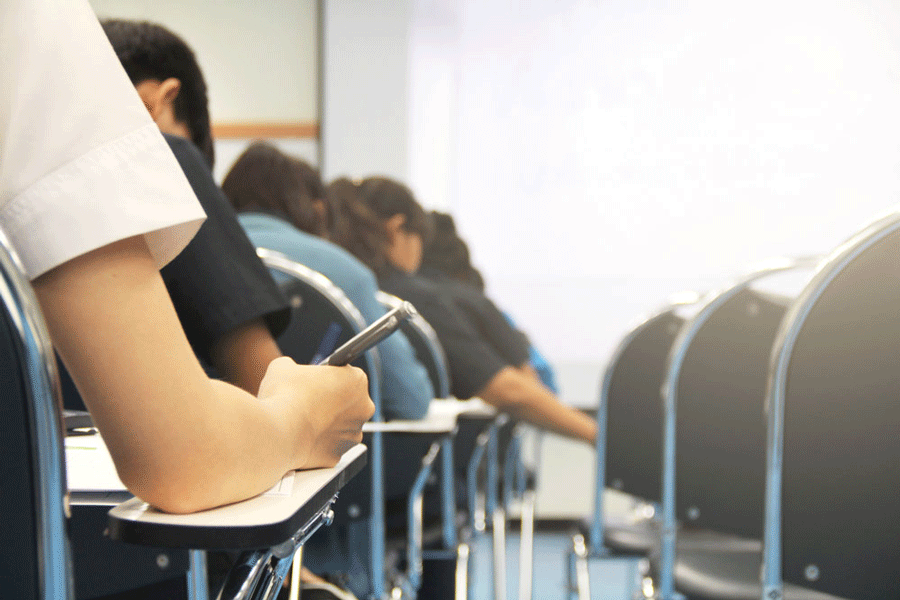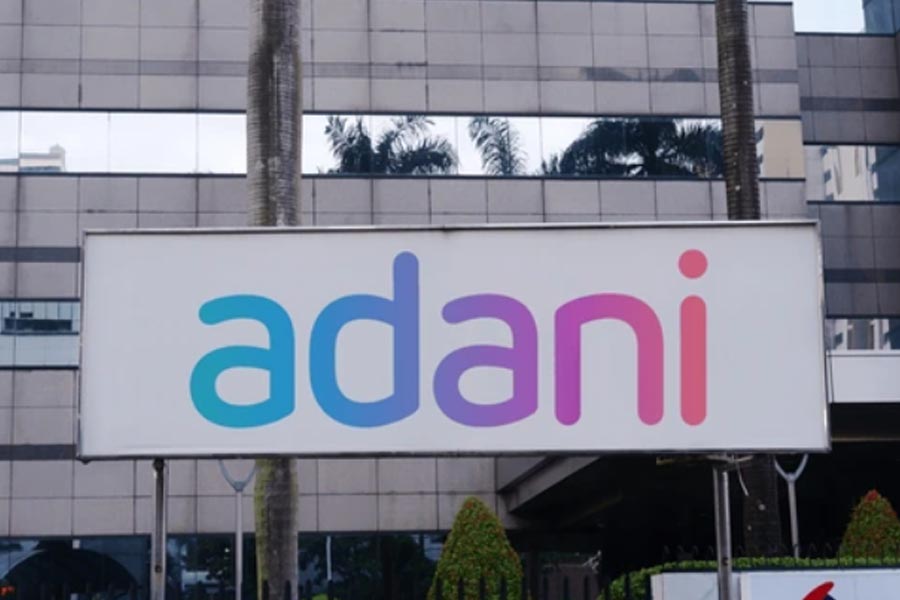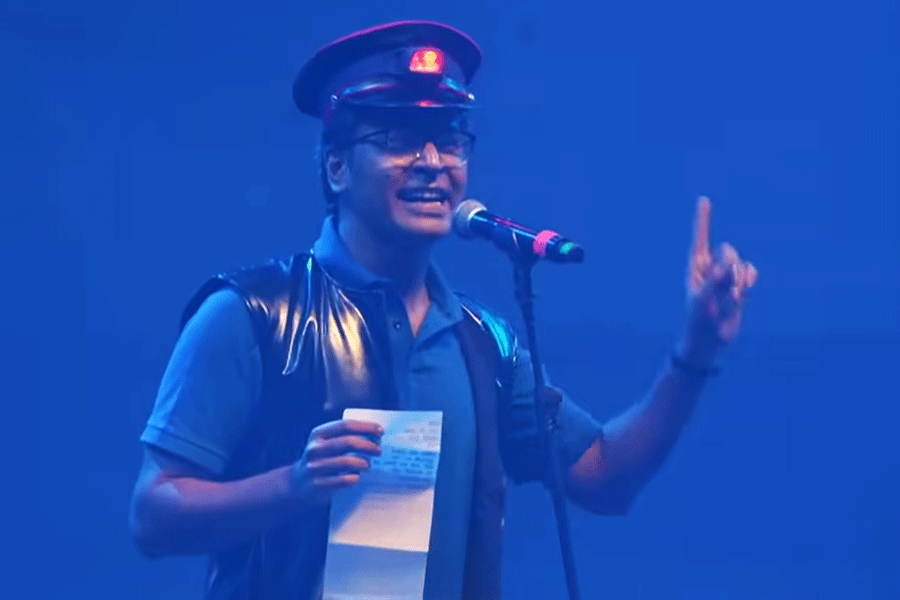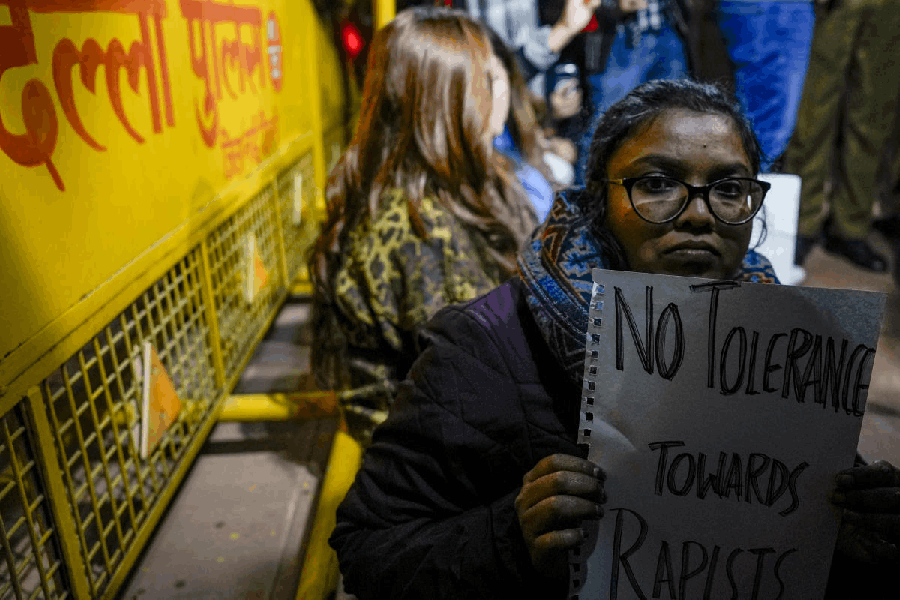State public universities, where fees are on an average 60% lower than in private universities, also absorb 81% of higher study students. They are meant to be accessible to less privileged candidates and inclusive in outlook. Yet a NITI Aayog policy report has shown that SPUs are struggling with inadequate faculty and outdated infrastructure. Both of these affect learning outcomes and the quality and quantity of research. Around 40% of faculty positions are vacant, leading to a teacher-student ratio of 1:30 instead of 1:15. This means poor mentorship and sparse research guidance. On top of that, only 10% of SPUs have up-to-date research facilities, which is, at the very least, extraordinarily unfair to students in the other institutions. Only 32% have complete digital libraries; in the other SPUs, neither students nor teachers can access global research databases. The lack of hostel accommodation in many SPUs prevents students from outside the city from studying there. The poor academia-industry relationship adds to the lack of exposure and training for students, affecting their employability. It is strange that the institutions that are supposed to comprise the backbone of the higher education system are in this condition; it raises questions about the seriousness with which education and research are viewed in this country.
Yet none of these ills is incurable. The NITI Aayog has recommended 6% of the annual GDP to be allocated for higher education, and a performance-based model for funding. Recruitment and retention of faculty and programmes to access international journals should be part of the essential steps. Most important, the policy body has suggested that SPUs be given greater autonomy for improved governance, recruitment of teachers and updating curricula. It is ironical that the NITI Aayog, a governmental organisation, should suggest this since it is the government itself that shows a centralising tendency and a desire for regimentation. The struggles of the
public educational institutions throughout the country and the burgeoning of expensive private institutions appear to indicate an inclination towards the latter. This deepens the divide between the better-off students and the less privileged, many of whom suffer from social and linguistic disadvantages as well. The recommendations in the NITI Aayog report, if followed up with sincerity, would be an excellent first step in reversing the fortunes of the SPUs.











